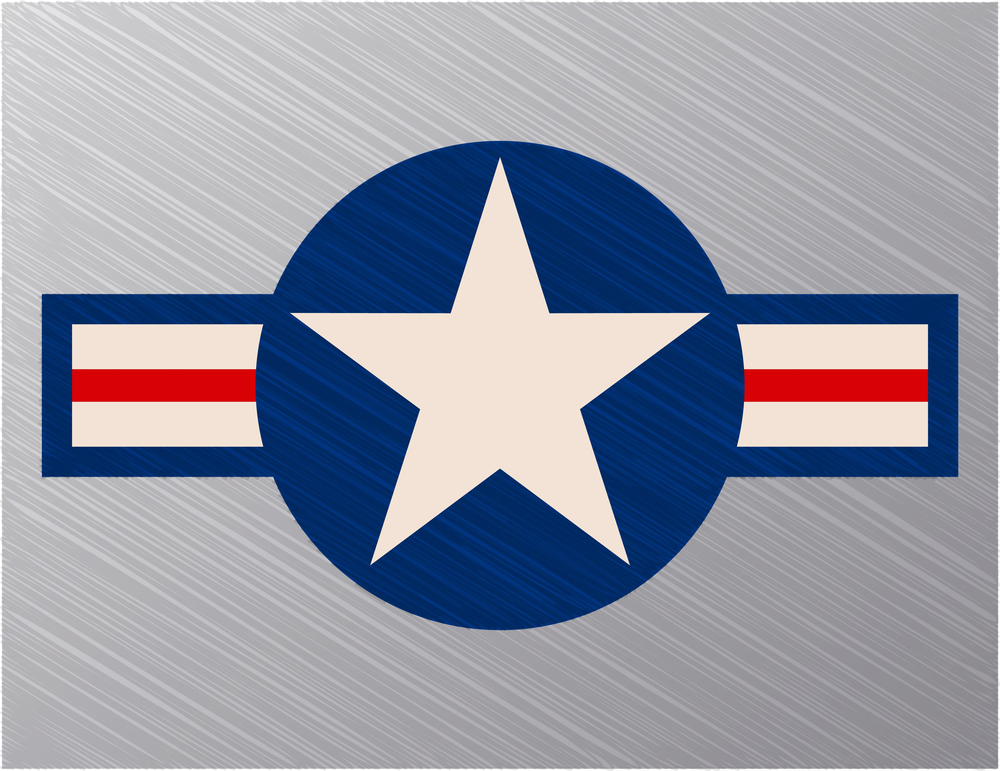
The United States Air Force is currently looking at the possibility that drone wingmen could fly along with a piloted fighter aircraft while being controlled by operators on a nearby refueling tanker or battle management aircraft. The military service calls this concept “collaborative combat aircraft,” or CCA, and has declared it is the collaborative combat aircraft fleet of the future.
While the USAF is certain this is the appropriate direction in which to head, there is still much to be determined. For one, the Air Force needs to figure out which aircraft possesses—or has the potential to possess—the technological capability that will facilitate autonomous flying. Secondly, they must also ascertain how to build the organizations necessary to both operate and maintain these new aircraft. Finally, they must decide how to train and equip the respective personnel who will rely on and operate the fleet.
Of course, the budget also has a lot to do with this; tempering these costs will be a major focus moving forward if they find the program is feasible. After all, one of the main benefits of CCA is, they would be less expensive to build and operate than traditional aircraft. More importantly, because they are autonomous, these aircraft would not require any crew at all.
According to USAF Chief of Staff Gen. CQ Brown, unmanned—or fully remote—operations are where they want to go. Specifically, he mentioned, “We are committed to more uncrewed capability,” noting that the military branch has a vision for the CCA fleet to include a wide variety of drones built to different sizes. They will also examine how to outfit them for various capabilities and how expendable they could be, depending on the mission’s needs—and danger—.
Indeed, Brown says the Air Force is incredibly selective about how they outfit these early drone models. Cost, again, is a big part of this decision-making because putting everything on a single collaborative combat aircraft would be costly, especially if the drone cannot be retrieved. Moving forward, Brown says, they have to determine the right cost-to-benefit ratio that will encompass the full range of functional and financial benefits they have envisioned.
